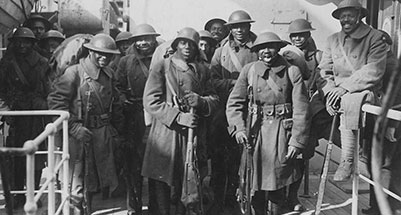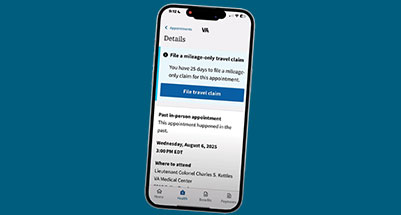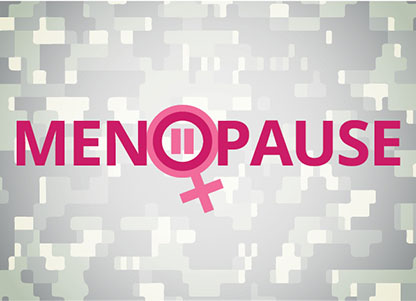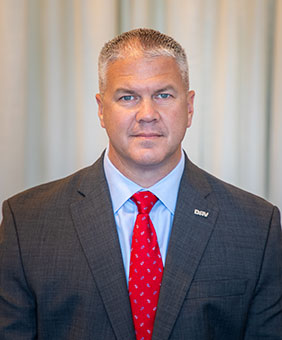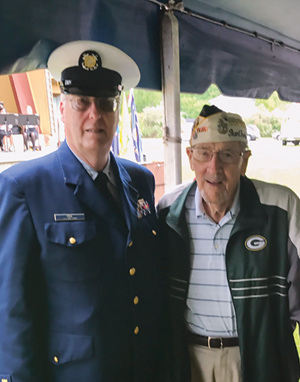
DAV life member who was aboard the USS Ward during Pearl Harbor attack passed away in January at age 98
Many of the survivors of the Japanese attack on Pearl Harbor were still in their teens or early 20s on Dec. 7, 1941, and no one knows exactly how many are still with us. Today, the youngest of them are venturing into their late 90s, and their numbers are fading with each passing day.
Navy veteran and DAV life member Will Lehner was one of those survivors, and in January, he passed away at 98 years old.
“You knew by looking at him where he had been,” said Mike “Gunner” Pohl, past adjutant and treasurer of Lehner’s home chapter in Stevens Point, Wis. “He wore his ‘Pearl Harbor Survivor’ hat all the time.”
Lehner’s Pearl Harbor story was unique. Many people are familiar with the USS Arizona, the USS Oklahoma and the USS Utah—ships that were sunk during the bombing. Lehner was aboard the USS Ward, a ship that was patrolling the harbor entrance and was responsible for firing some of the nation’s first rounds of World War II, sinking an enemy submarine a full hour before the first Japanese bombs hit the Navy’s anchored fleet.
At 6:30 a.m., the Ward’s crew sighted a submarine periscope operating in restricted waters.
“So we looked around, and all of a sudden, we see the conning tower come up out of the water,” Lehner told DAV during a 2016 interview. “But we didn’t know it was a Japanese sub; we didn’t know what it was. Then finally the whole thing was up, and we were only about 50 yards from it.”
The Ward’s captain then gave the order to fire.
“They fired the No. 1 gun, which was up on the bow, and I watched the sub. [The shot] went right over the conning tower and splashed right behind it.”
Then the second shot was fired.
“I saw it when it hit the conning tower at the lower part of it,” said Lehner. “The shell hit, and when it hit, the sub rolled over and came back again and started going down.”
Radio reports to higher headquarters were largely dismissed; the enemy vessel was never accounted for.
After the attack on Pearl Harbor, the Ward was retrofitted as a high-speed transport. Lehner and the crew of the Ward became part of the task force responsible for troop landings in the South Pacific, where kamikaze attacks by Japanese planes were common.
“What they liked to do is come in on the fantail on the stern, and they’d skid along the top of the ships, if they could, and kill as many people on deck as they could first and then slam into the ship and then that would explode the gasoline,” Lehner said.
It was such a kamikaze attack that eventually led to the scuttling of the Ward on Dec. 7, 1944, three years to the day after it first engaged the enemy at the mouth of Pearl Harbor.
“Three of them came down on us,” Lehner said. “I was first loader on No. 4 gun, which was on the aft part of the ship. We were firing, and we knocked down two of them, but the third one got through.”
Lehner and his shipmates were forced to abandon ship and made their way to other friendly vessels before the destroyer USS O’Brien—coincidentally commanded by the Ward’s former captain, Lt. Cmdr. William Outerbridge—scuttled the damaged Ward.
Lehner was discharged and treated for the psychological wounds of war. After returning home from his military service, he experienced some of the same issues that have always affected veterans throughout the history of war.
“I didn’t talk about any of my experiences to my kids or to my wife for about 20 years,” Lehner said. “I had [post-traumatic stress disorder]. To me, I was just holding it in and just wanted to forget about it.”
But then a unique opportunity presented itself when he discovered his own children didn’t know anything about Pearl Harbor.
“He went to a lot of schools to talk about it,” said Pohl. “It was his way of honoring the guys and gals that died at Pearl Harbor.
“He would talk your ear off if he could,” Pohl continued. “He was very likable, very easygoing. A humanitarian and a caring, giving man. He was a man I stood in awe of. I felt like a kid next to him—and I’ve stood next to President Reagan. That didn’t compare to knowing Will Lehner.”


